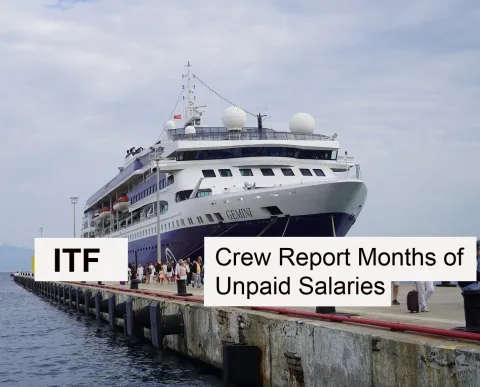
Last year Filipino seafarers working on foreign ocean vessels sent home a record amount of 6.14 billion U.S. Dollars through the banking system. This amount includes Filipino seamen transfers working on container cargo ships, bulk carriers, cruise ships, tankers, general cargo ships, and pure car carriers sailing around the globe. According to a member of the Philippine House of Representatives, this is a significant increase of 4.6% or $270 million more than the recorded money transfers in 2017.
The news outlet “Xinhuanet” reports that more than one third of the money transfers from Filipino crew comes from the United States, or $2.31 billion followed by Singapore, $563.85 million; Germany, $560.98 million; Japan, $435.82 million; Britain, $331.23 million; China's Hong Kong, $275.53 million; the Netherlands, $259.12 million; and Greece, $174.98 million..
This amount does not include cash physically brought home by the seafarers coming home on vacations or money sent via non-bank channels says the lawmaker Aniceto Bertiz.
Nelson Ramirez, President of United Filipino Seafarers (UFS), in an interview with The Economist magazine said that out of 1.2 million seafarers working around the world 378,000 are from the Philippines. The Philippines is by far the leading provider of the international labor market for seamen. Every day, about 250,000 Filipino seamen are at sea. If they stay at home, the economy will collapse.
With 10 million Filipinos working abroad, which is almost one-tenth of the country's 104.9 million population, seafarers are at the top of this list. They send in the economy more than six billion dollars a year which is one-fifth of the total amount that Filipino employees send home from abroad.
Providing support to loved ones is one of the dreams of sailors. Filipino seafarers' money is used to build houses, invest in farms, start small businesses or send children to school.












